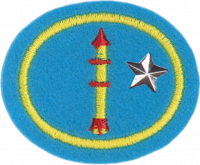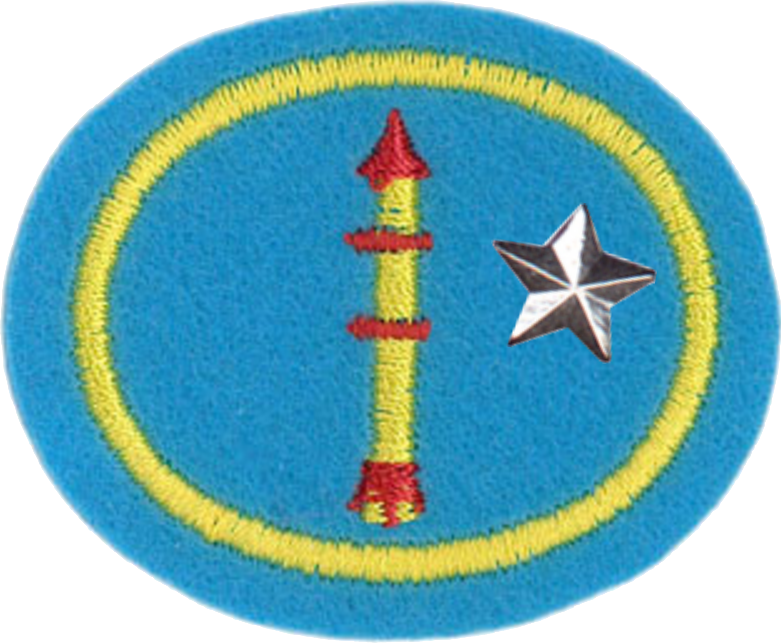Difference between revisions of "AY Honors/Model Rocketry - Advanced/Answer Key/es"
(Created page with "</noinclude> <!-- 1. Tener la especialidad de Cohetemodelismo. --> {{honor_prerequisite|honor=Model Rocketry|displayname=Cohetemodelismo}}") |
(Created page with "<noinclude>") |
||
| Line 6: | Line 6: | ||
{{honor_prerequisite|honor=Model Rocketry|displayname=Cohetemodelismo}} | {{honor_prerequisite|honor=Model Rocketry|displayname=Cohetemodelismo}} | ||
| − | + | <noinclude></noinclude> | |
| − | <noinclude | ||
| − | |||
{{CloseReq}} <!-- 1 --> | {{CloseReq}} <!-- 1 --> | ||
{{ansreq|page={{#titleparts:{{PAGENAME}}|2|1}}|num=2}} | {{ansreq|page={{#titleparts:{{PAGENAME}}|2|1}}|num=2}} | ||
Revision as of 18:26, 14 September 2021
Nivel de destreza
2
Año
1970
Version
21.12.2025
Autoridad de aprobación
Asociación General
1
Para consejos e instrucciones, véase Cohetemodelismo.
2
A boost glider is a model having a rocket-powered ascent, transitions to a glider at the apex of its flight, and then glides (usually in circles) back to the ground using aerodynamic surfaces (wings). Most boost gliders locate the rocket engines towards the front of the aircraft, as this eases many of the design challenges involved in powered flight. The rocket portions are ejected from the craft during transition (gliders that do not separate are called rocket gliders rather than boost gliders). The Space Shuttle is an example of a boost glider (though it is most decidedly not a model!) Estes makes a model Space Shuttle which is a boost glider. See here for more information about boost gliders.
Though these models are among the most challenging rocket models to build, a modeler with careful attention to detail has every reason to expect success.
3
4
4a
4b
5
6
7


